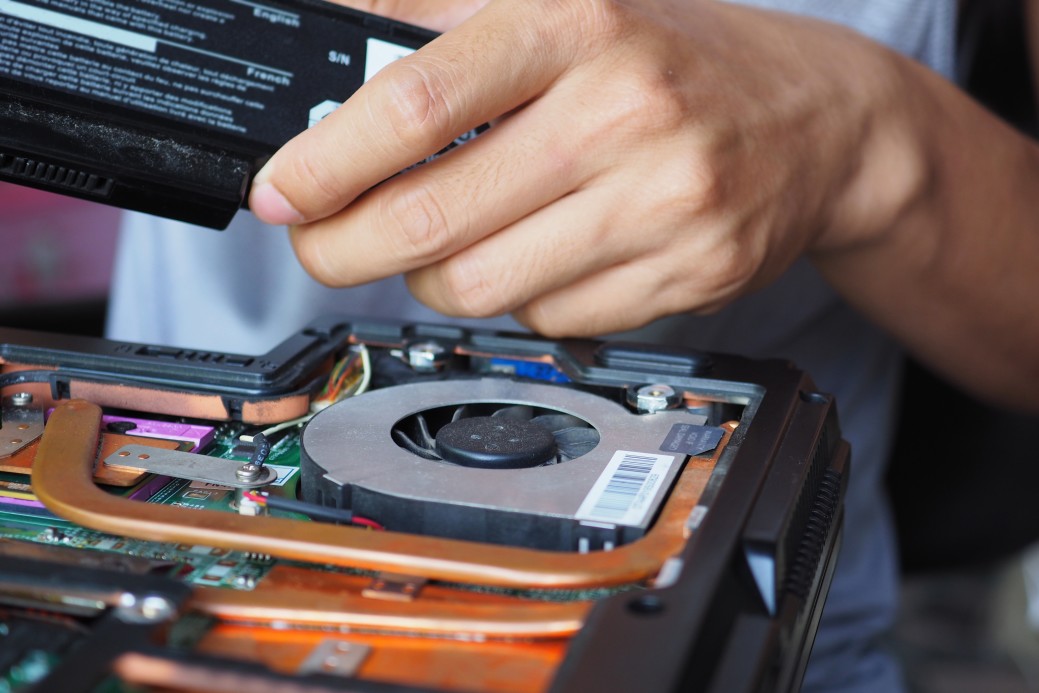Indeed, the most expensive CPU on the market at any given time will perform better than the alternatives if you spend thousands of dollars on it. However, its performance might only be 5 to 10% greater than the CPU in the following tier, which is several hundred dollars less expensive. As a result, it’s critical to understand the variables influencing CPU performance to make an informed purchase.
Describe a CPU
One of the most crucial parts of a computer system is the CPU (Central Processing Unit), also referred to as the “processor.” The computer system’s brain is responsible for handling all data calculations and ensuring they are processed as quickly as feasible.
The CPU cannot be seen from the outside of the computer. In actuality, a fully constructed PC’s CPU won’t be visible. You can only see the surface of the CPU after removing the computer case, unplugging the wire, and removing the heatsink (and fan). The CPU is a little square chip with numerous connecting pins under it.
The top and back of a CPU are seen in the pictures below.
How CPUs Operate
The three processes listed below can be used to show how a CPU operates simply:
The raw instruction is initially retrieved from the hard drive (or occasionally from memory) and transferred to the CPU for processing when you click to launch an application.
The CPU will carry out the logic and calculate the outcome after receiving the instruction.
Following completion of processing, the CPU sends the output to the appropriate device for user display.
Even though they all appear simple, they must be finished quickly. The computer will lag if any of these stages are delayed.
Clock Rate
Every CPU’s internal clock gives it a functioning “rhythm.” The amount of operations the CPU can complete in a single second is called “Clock Speed,” also known as “Clock Rate.”
This is the frequency you typically see next to a CPU’s name in Hertz (and, by extension, megaHertz, and gigaHertz seen as MHz and GHz).
The issue is that increasing the amount of power flowing through a CPU to move more quickly causes heat, and it becomes challenging to maintain an acceptable level of CPU cooling after the peak 4 GHz speed.
A CPU’s Hz performance mostly impacts single-threaded programs. Most contemporary software, including the well-known Chrome and Firefox browsers, is made to utilize many cores and threads rather than just relying on the clock speed (more on this in the following section). Typically, a CPU with numerous cores and slower clock speeds would outperform a CPU with a single core and higher clock speeds.
Quantity of Cores
To enhance multitasking capabilities, CPU manufacturers chose to add more cores to the CPU as improving the actual performance became more difficult.
Performance Cores of CPU
To compare multicore CPUs to “slapping two or more CPUs together in the same box” is a disservice. Although they may appear that way to the typical customer, they have considerably more sophisticated designs than simply joining two CPUs.
The individual cores of a multicore CPU share some resources by residing on the same die, which lowers manufacturing costs while enhancing performance. They might share connections to other components on a motherboard, a chunk of cache memory, etc.
Homogeneous or heterogeneous multicore CPUs are both possible. Homogenous CPUs have two or more cores that are all the same, and different core types can be found in heterogeneous CPUs. As an illustration, the CPUs in contemporary smartphones typically feature a central core that performs better at general operations and numerous smaller ones that assist with photography, artificial intelligence, etc.
Modern software and operating systems followed suit as CPU makers focused on adding more cores rather than pushing the GHz limit further. Many tools, apps, and even games may still perform better with greater single-core performance than multicores, even if most modern software now benefits from many cores. This occurs because some workloads can’t be divided into smaller segments, distributed across numerous cores, or parallelized.
Architect and Cache
In the days of 8-bit computing, a computer’s RAM could quickly supply the CPU with whatever was required. RAM began catching up as CPU speeds increased, and the cache was added to the mix at that point.
CPU Socket Performance
A cache is added to the CPU to store immediate instructions from the RAM. A cache is essentially a small and incredibly quick memory. The cache can quickly and lag-free transmit information to the CPU since it operates at the same speed as the CPU.
There are various cache levels. Every CPU has a Level 1 (L1) cache, the most fundamental type of cache. L2 cache, which stores more urgent instructions, has a larger memory capacity. Typically, the L1 cache stores the L2 cache, which stores the RAM, which stores the hard drive data, and so on. With the most recent multicore technology, there is even a larger L3 or L4 cache that is shared among the different cores.
It is vital to note that those might lose significance in the future if there is a technique to drastically speed up the communication between the CPU and RAM. We bring this up because AMD may have successfully pulled it off, which is one of the reasons their upcoming Zen architecture chips are fascinating.

